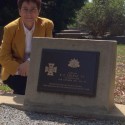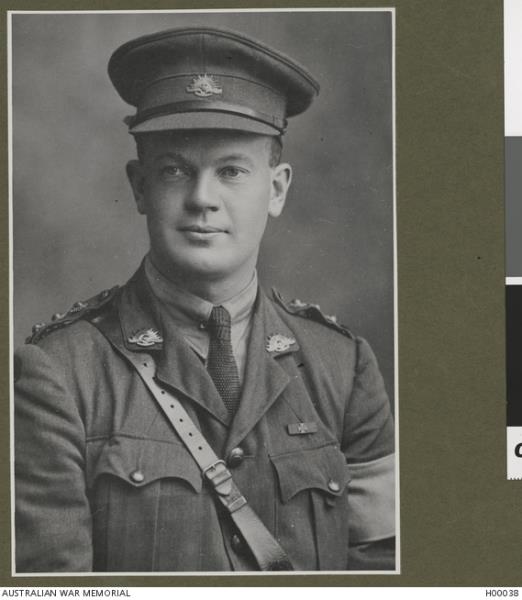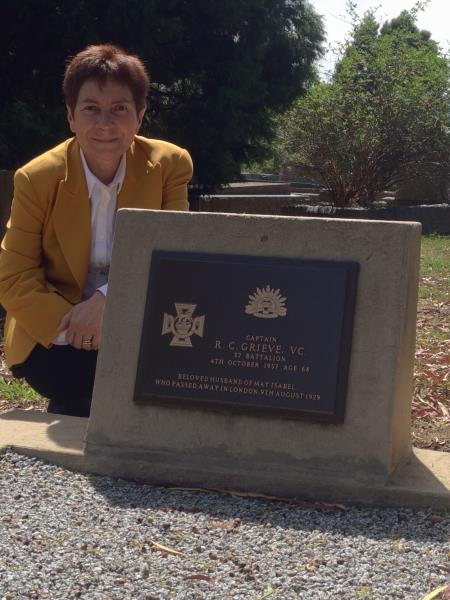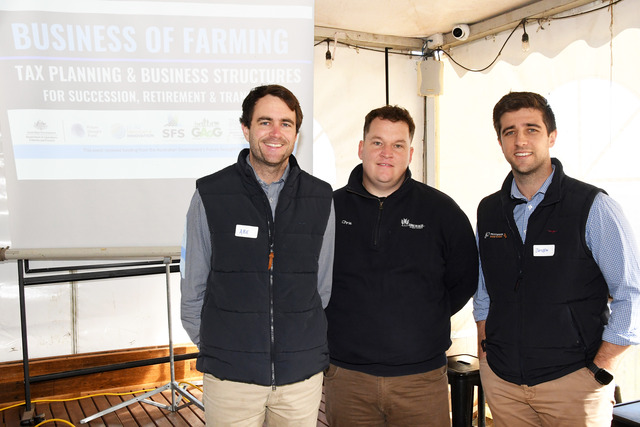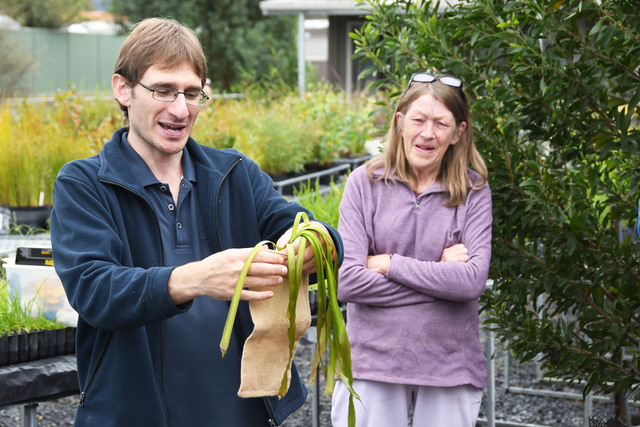
MOST visitors to Springvale Botanical Cemetery would walk past Robert Cuthbert Grieve’s grave without a second glance.
But the World War I veteran was decorated with the highest award for gallantry – the Victoria Cross.
The warehouseman from Brighton, Victoria, embarked at Melbourne for the battlefields with the 37th Infantry Battalion aboard HMAT Persic A34 in June 1916.
His conspicuous gallantry during an attack at Messines, Belgium, on 7 June 1917 earned him the coveted medal.
He led his company to the enemy’s third line in the face of heavy artillery and machine gun fire.
After all his officers had been wounded and his company had suffered heavy casualties, he located two enemy machine guns.
Alone, he ran forward 50 yards in the open under constant fire and single-handedly killed the machine gun crews.
The award citation said he then “with great coolness and ability” reorganised the remnants of his company and succeeded in capturing his objective.
“It was his action alone that enabled the advance to be continued and the objective reached,” the citation said.
“By his utter disregard for danger, his coolness under fire and his magnificent conduct he set a splendid example to his non-commissioned officers and men, and when he finally fell wounded the position was securely in our hands and the few remaining enemy were in flight.”
Grieve was repatriated to Australia in 1918 and died in Melbourne on 4 October 1957.
His family later donated his VC to his old school, Wesley College.

